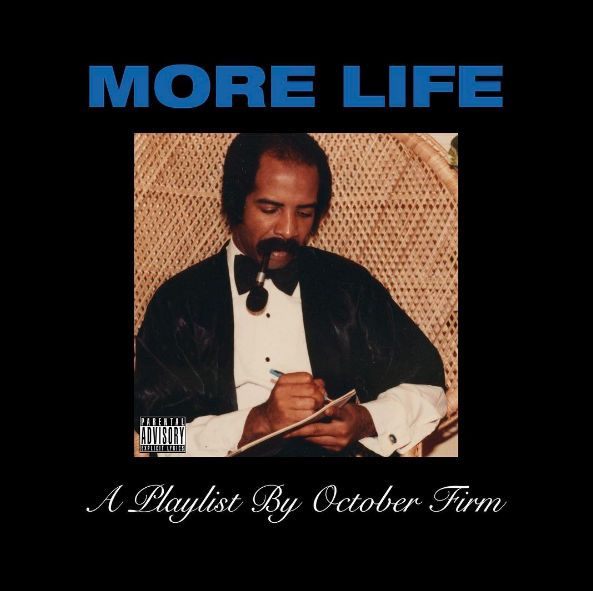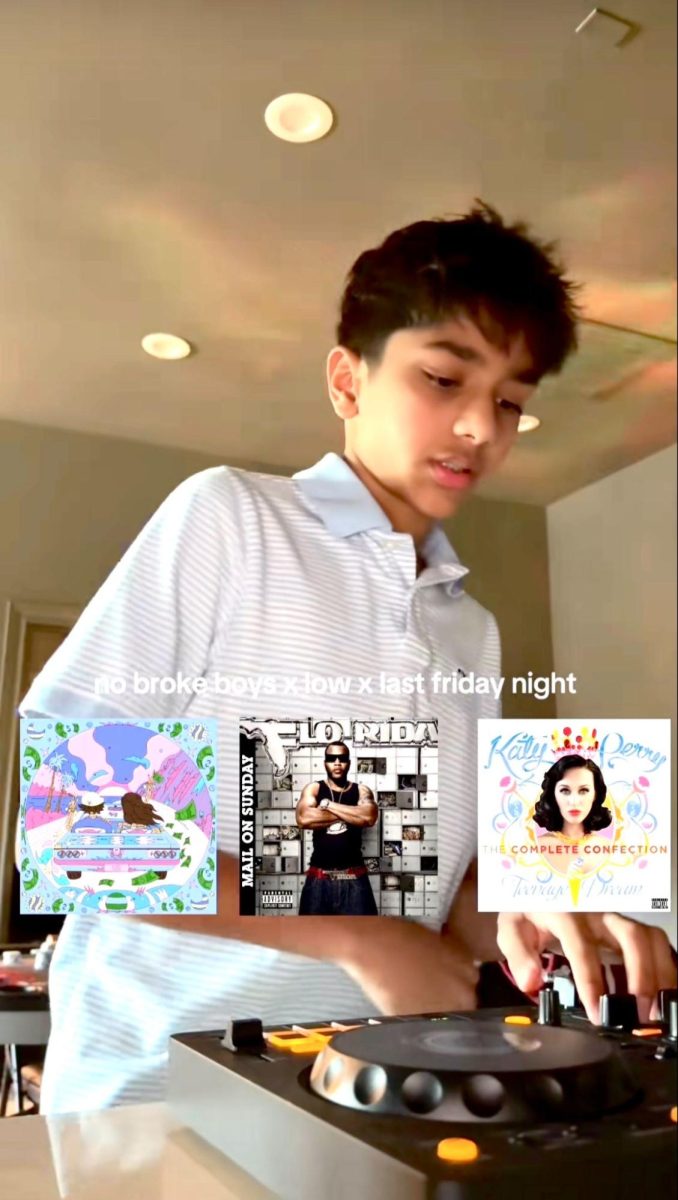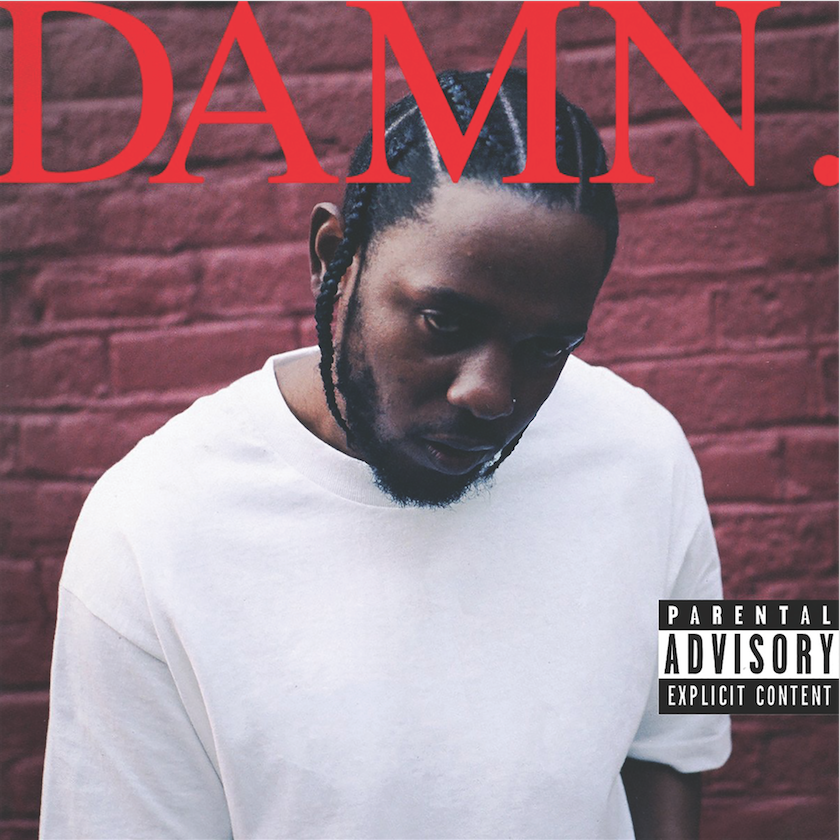[dropcap]L[/dropcap]ove him or hate him, there is no denying that for almost a decade Drake has dominated the music industry. No, he is not the best rapper alive–a title that belongs to Kendrick Lamar–but the ubiquitous Canadian has continued to grow as a star and curator throughout his career, leading the evolution of hip-hop with each step. He has undisputedly claimed the throne as the most successful mainstream rapper in the world, and after months of promises, trailers, and even tattoos, released his latest project, “More Life.”
Throughout his career, Drake has found nothing but success. Although “Views,” his 2016 album, did not live up to the hype and was considered overlong and self-obsessed, it topped both the Billboard 200 and Hot 100 charts for 10-plus weeks, and was nominated for the Album of the Year.
Entering “More Life,” Drake was at one of the most interesting crossroads of his career. With his superstar status unquestioned, Drake needed an engaging storyline or narrative to keep his career moving forward. The 6-God himself laments the dulling effect of constant achievement in the closing song of “More Life.” “I’ll probably self-destruct if I ever lose, but I never do,” he solemnly boasts “Do Not Disturb.”
By dubbing “More Life” a “playlist,” Drake drummed up speculation among fans and critics by suggesting his newest work would highlight himself as more of a curator than a creator. While this is not exactly how it turned out (Drake is definitely the lead artist and DJ), the playlist format breaks from the traditional structured narrative of an album by introducing a collection of influences and moods with more fluid transitions.
This relaxed format is well-suited to Drake, and represents his most ambitious project since “Take Care” in 2011. In “More Life,” many of the most well-known voices in music today make an appearance: Kanye West, Quavo, Young Thug, 2 Chainz, Travis Scott. Drake masterfully manages to combine each guest and their individual styles to create a unique cast of characters that samples music and culture in the U.S., Canada, the Caribbean, and the U.K.
“More Life” also marks the culmination of Drake’s obsession and patronage of lesser-known British artists including grime/gangster rappers Skepta and Giggs, and more soulful artists Sampha and Jorja Smith. Each featured artist is given the airspace to really create and take the pressure off Drake to provide all of the album’s essential content.
While “More Life” is a very long album (81 minutes), the key to its success is in fact less Drake. The assembled features work together to forge exciting transitions, airy hooks, and a cool exuberance without an excessive amount of Drake. With “More Life,” Drake has created a new innovation between hip-hop and soul: yacht rap.
Yacht rap, in case you were not sure, is luxurious rap music that celebrates extreme affluence and indulgence. Drake embraces this lavish, extravagant style with funky grooves and vocals that stretch rap to its loosest form. When perfected, the results are sublime.
The defining stretch of “More Life” begins on the third track with with “Passionfruit” and continues for the next five songs. The temperate vibes and breezy grooves fit effortlessly with Drake’s dance floor pop. “4422,” possibly the strongest song on “More Life,” features the aching soulful voice of Sampha. His tender soprano feels almost wounded, and has the ability to touch souls.
Even though this essential stretch takes place early in the album, Drake gives many reasons to stick around for all 22 tracks. “Skepta Interlude” is a callous song from grime rapper Skepta; “Glow” is a transcendent, breezy duet with Kanye West; “Can’t Have Everything” is Drake at his cold best, subtly slinging barbs to Meek Mill; “Fake Love,” a top 10 hit, will quickly become unbearable when it reaches the same radio plays as “Passionfruit.”
Although these hip-hop, dance, and pop offerings are brilliantly curated, the identity of “More Life” begins to drop off in the second half. Just like a typical Spotify playlist, there seems to be a lot of attention on the flow and transitions in the first half before just piling up the remaining songs towards the end.
That is, until “Do Not Disturb.” The final track on Drake’s albums tends to be a State of the Union address, and “Do Not Disturb” is no different. Drake reveals how he has been too busy working for parties and girls. He has always had a reputation for being one of the hardest working rappers in the game, and Drake finally seems to be exhausted.
Where “More Life” ranks among Drake albums, however, is still up for debate. While it’s undoubtedly miles ahead of “Views,” it also falls short of “Take Care” and possibly “If You’re Reading This It’s Too Late” (2015). All in all, there is no denying that “More Life” will be one of the best Drake albums of all time.
Released on March 18, it has been on a record-breaking tear ever since. Each of the 22 songs on “More Life” made the Billboard Hot 100, giving Drake almost a quarter of the slots. It also set a record with 460 million streams on Spotify in one week. If it was up to Drake however, his “playlist” would not have been able to break these records.
Whatever he calls it, playlist, album, composition, record, Drake has cemented his place as the most successful rapper in the world with “More Life.”





